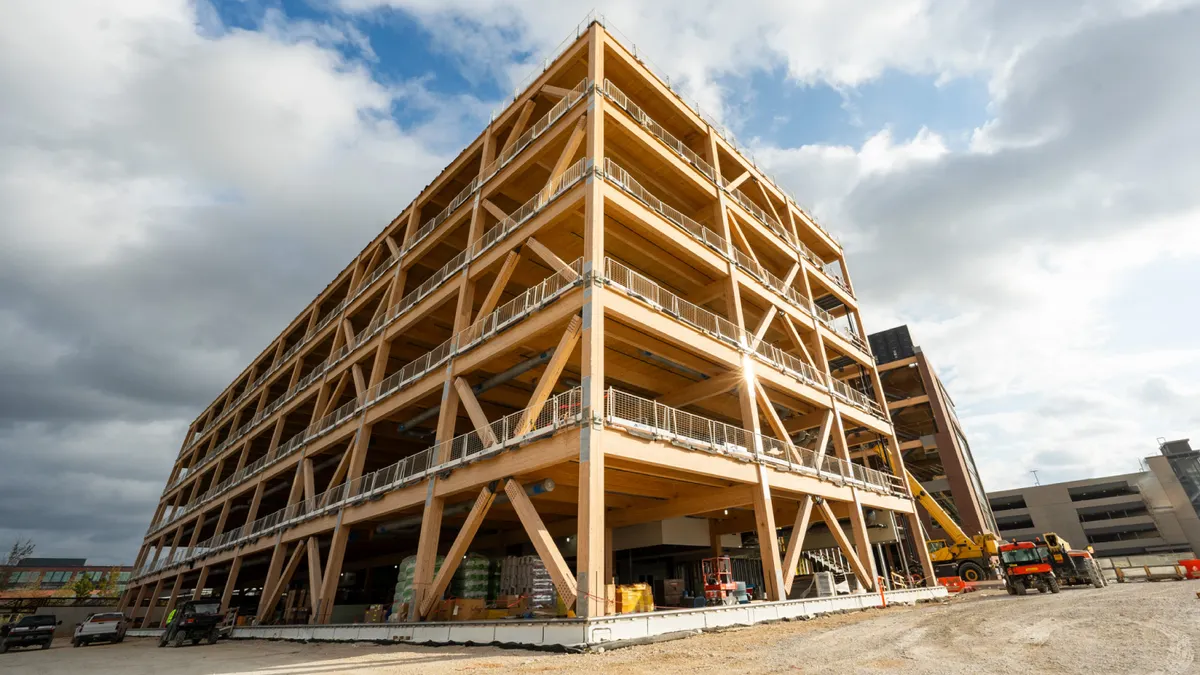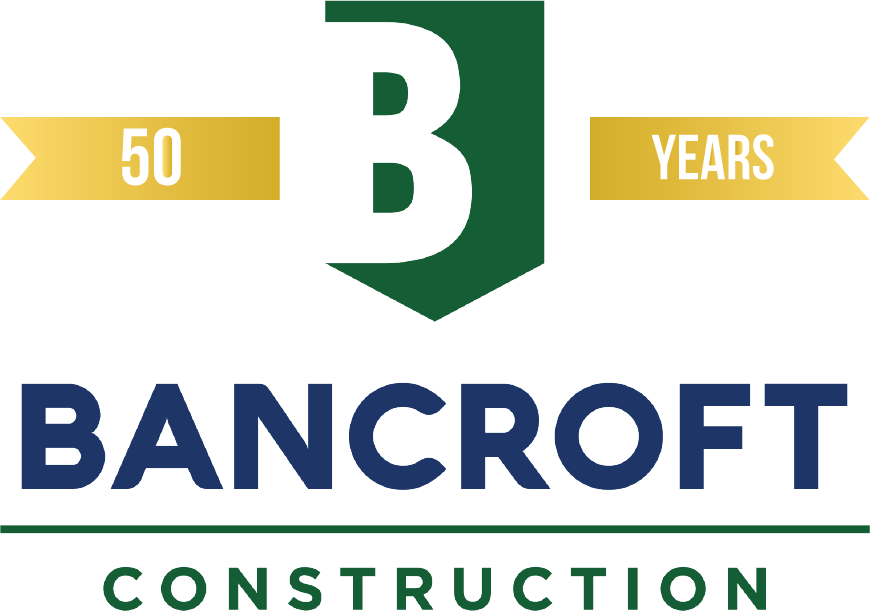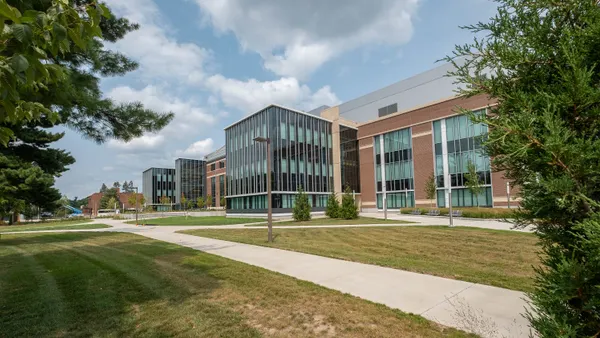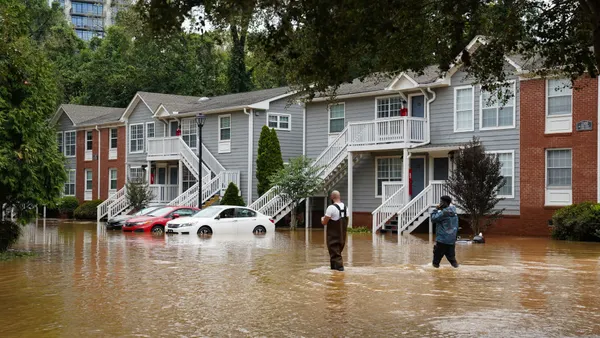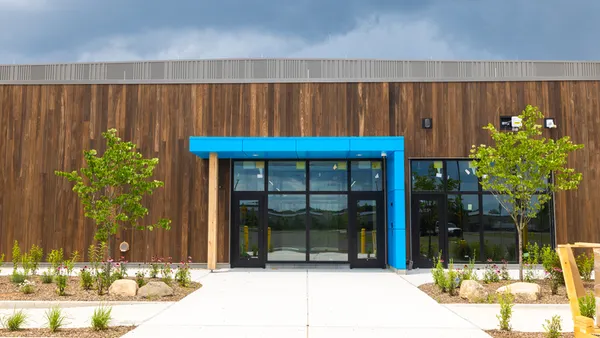Dive Brief:
- The good news, according to the Department of Energy’s Office of Efficiency and Renewable Energy, is that the average 2012 U.S. home used 31% less Btus of energy than in 1970, according to the Pew Research Center. The bad news, however, is that the square footage of U.S. homes increased by 28% in that same time period, effectively wiping away all progress in energy efficiencies, leaving U.S. energy intensity figures fairly unchanged.
- The increase in home size is primarily a new home trend, with the Census Bureau reporting the average new single-family home size in 2014 was 2,657 square feet, 57% larger than 40 years ago.
- The largest homes, Pew reported, are being built in the South at an average of 2,711 square feet, but home sizes have increased the most over the past 40 years — 64% — in the Northeast.
Dive Insight:
The government uses Btu, British thermal units, as a standard measure for electricity, heating fuel and other types of home energy and as a way to measure energy intensity of homes, in this case the amount of energy used by households in relation to the residential sector.
Although the U.S. has made little net efficiency gain in the last 40 years, according to the Residential Energy Consumption Survey published by the Energy Department, the way energy was spent over the last few decades has shifted. In 1993, 53.1% of total energy consumption was for heating, as opposed to 45.1% in 2009. In the same period, Pew reported, the energy needed to power appliances and electronics rose 10.6% to 34.6% in 2009, while water heating and air conditioning usage saw little change.
An October study found homebuyers would spend 3.5% more for homes with green features. However, before this Pew study, the connection between larger home sizes and diminished energy efficiency hadn't drawn as much attention. The growing sizes of homes means good news for builders, but they should keep in mind the impact of energy efficiency when trying to tout a new home's green qualities.



